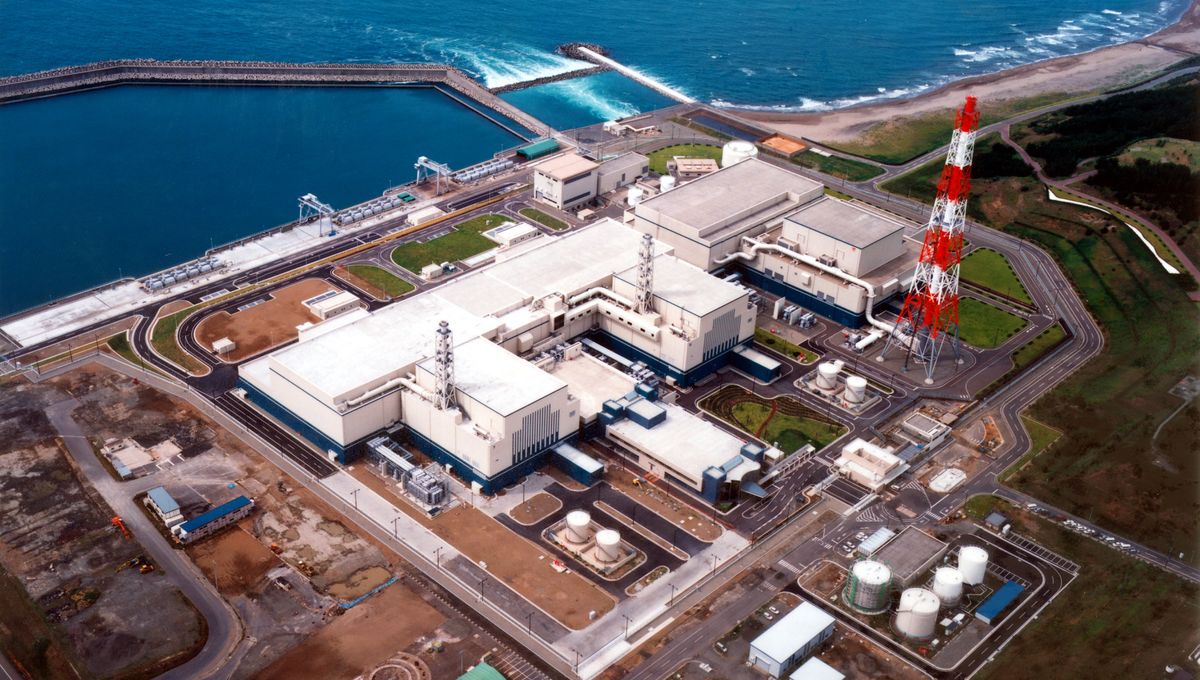
The Kashiwazaki-Kariwa plant in Japan is currently the world’s largest nuclear power plant. As mighty as it may be, its reactors have been shut off for several years due to a cacophony of disasters and controversies. Recent developments suggest that may soon change, however.
The Kashiwazaki-Kariwa Nuclear Power Plant is located at a 404-hectare (1,000-acre) site between the towns of Kashiwazaki and Kariwa in Niigata Prefecture along the coast of Japan’s main island of Honshu. Its first reactor started producing power in 1985, while the last one swung into operation in 1994.
It’s operated by the Tokyo Electric Power Company (TEPCO), the largest electric utility in Japan that also runs the Fukushima Daiichi nuclear power plant (or, nowadays, runs the clean-up operations there).
Made up of seven boiling water reactor units, Kashiwazaki-Kariwa has a potential total output of 8.212 million kilowatts. However, the colossal power planet is currently idle.
The Kashiwazaki-Kariwa power plant was rocked by the Chūetsu offshore earthquake in 2007, forcing TEPCO to shut down its reactors for nearly two years. Two reactors were temporarily restarted, but they were turned off again in 2012 in the wake of the Fukushima disaster a year earlier, which sparked a total shutdown of all nuclear power plants in Japan.
While Japan has since opened a few of its nuclear reactors, those at Kashiwazaki-Kariwa have remained inactive for almost 12 years.
According to some recent reports though, the power station is back on the path to reopening. In December 2023, Japanese nuclear safety regulators lifted an operational ban imposed on the Kashiwazaki-Kariwa plant two years prior, according to Reuters.
Japan’s Nuclear Regulation Authority barred TEPCO from operating Kashiwazaki-Kariwa in 2021 after numerous safety breaches were highlighted. Per the Associated Press, unauthorized people were reportedly allowed to enter “sensitive areas” of the facility, raising concern that it would be vulnerable to terrorist attacks.
After improving its safety management systems, TEPCO will now be able to apply for local permission to restart operations at the Kashiwazaki-Kariwa nuclear power plant.
However, there are still many hurdles to overcome before Kashiwazaki-Kariwa is pumping out energy again. Many people in Japan distrust TEPCO over their handling of the Fukushima disaster, plus locals in Kashiwazaki and Kariwa remain uneasy about nuclear power stations being in their neighborhoods.
Further skepticism was sown in May 2023 when an employee left a stack of important documents on top of their car before driving off, losing many in a flurry of paper. Along with losing further trust among locals, the mishap further eroded the regulator’s confidence in TEPCO.
Globally speaking, nuclear energy is at somewhat of a crossroads. Some countries, particularly in Western Europe, are currently in the process of phasing out their nuclear power due to long-term safety concerns. For instance, Germany closed its last nuclear power plant in 2023.
On the other side of the coin, nuclear energy is becoming seen as an increasingly promising energy source, capable of producing huge amounts of electricity without directly producing the carbon dioxide emissions that lead to climate change. Many argue that new-generation nuclear power stations could be an invaluable weapon to stave off the worst of the climate crisis.
In Asia, the number of nuclear power stations is on the up. As of January 2023, 10 out of the 15 largest nuclear power plants in the world based on capacity were based in Asia, most notably in South Korea and China.
Source Link: World's Largest Nuclear Power Plant Has Been Idle For Years – But Maybe Not For Long